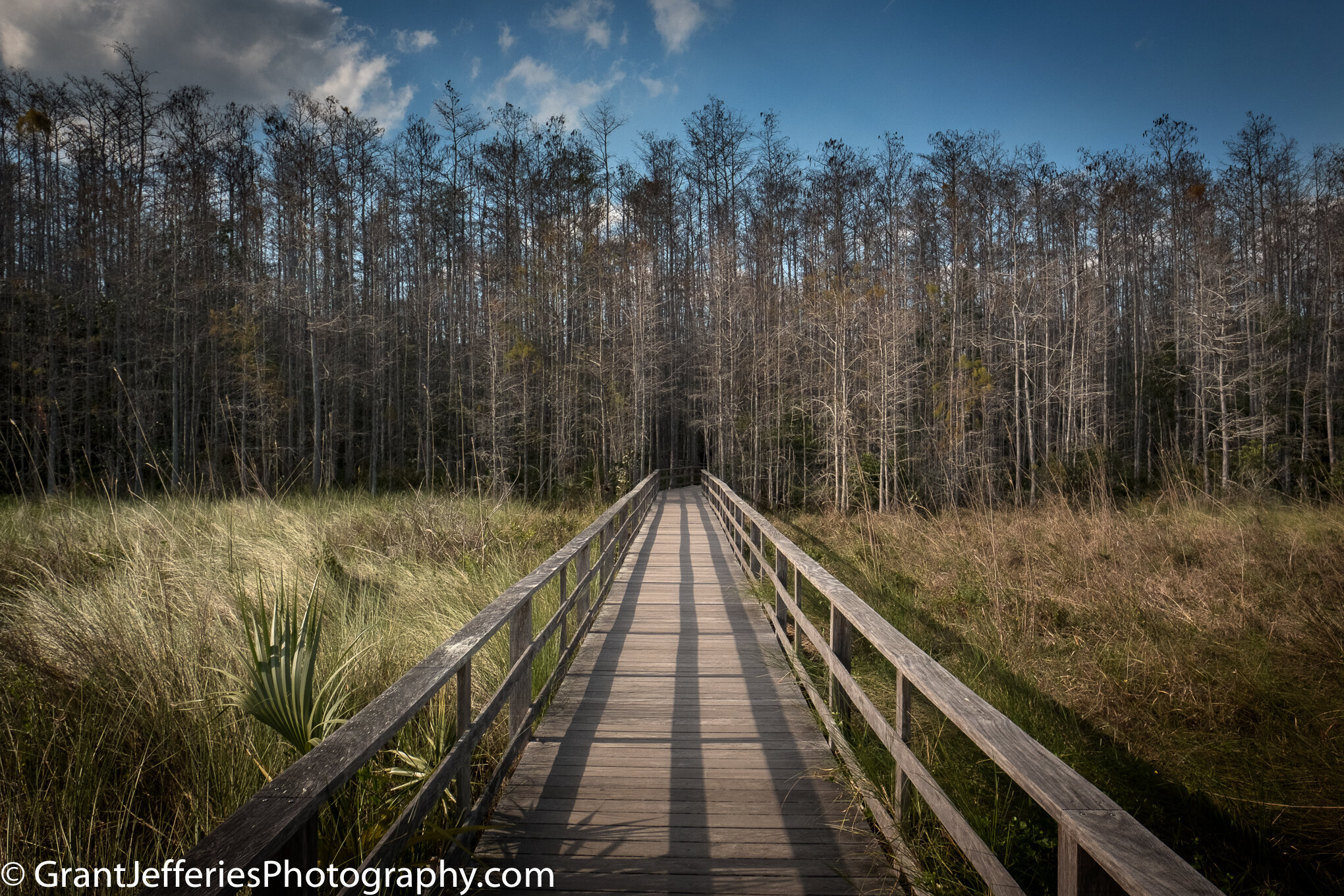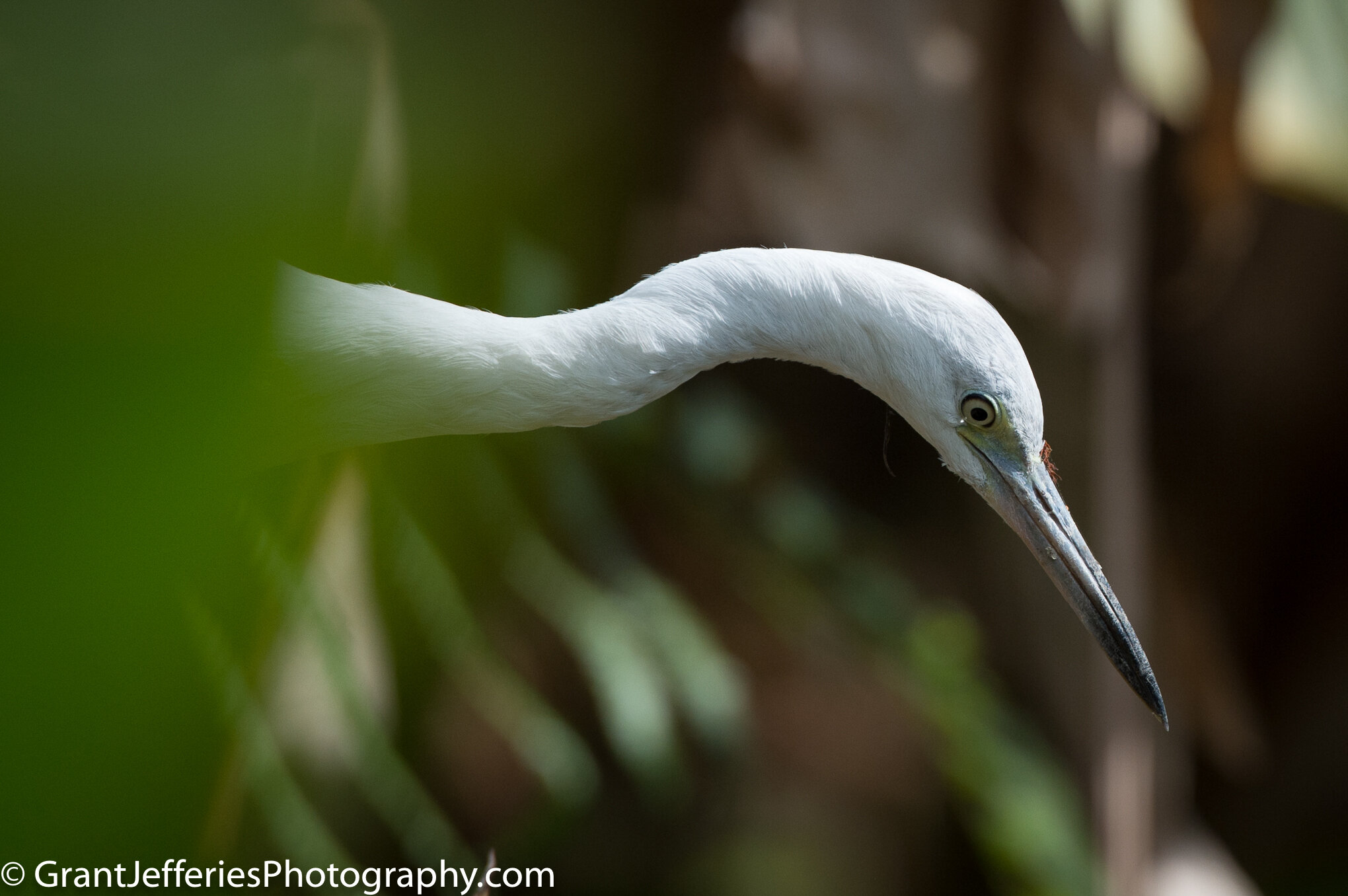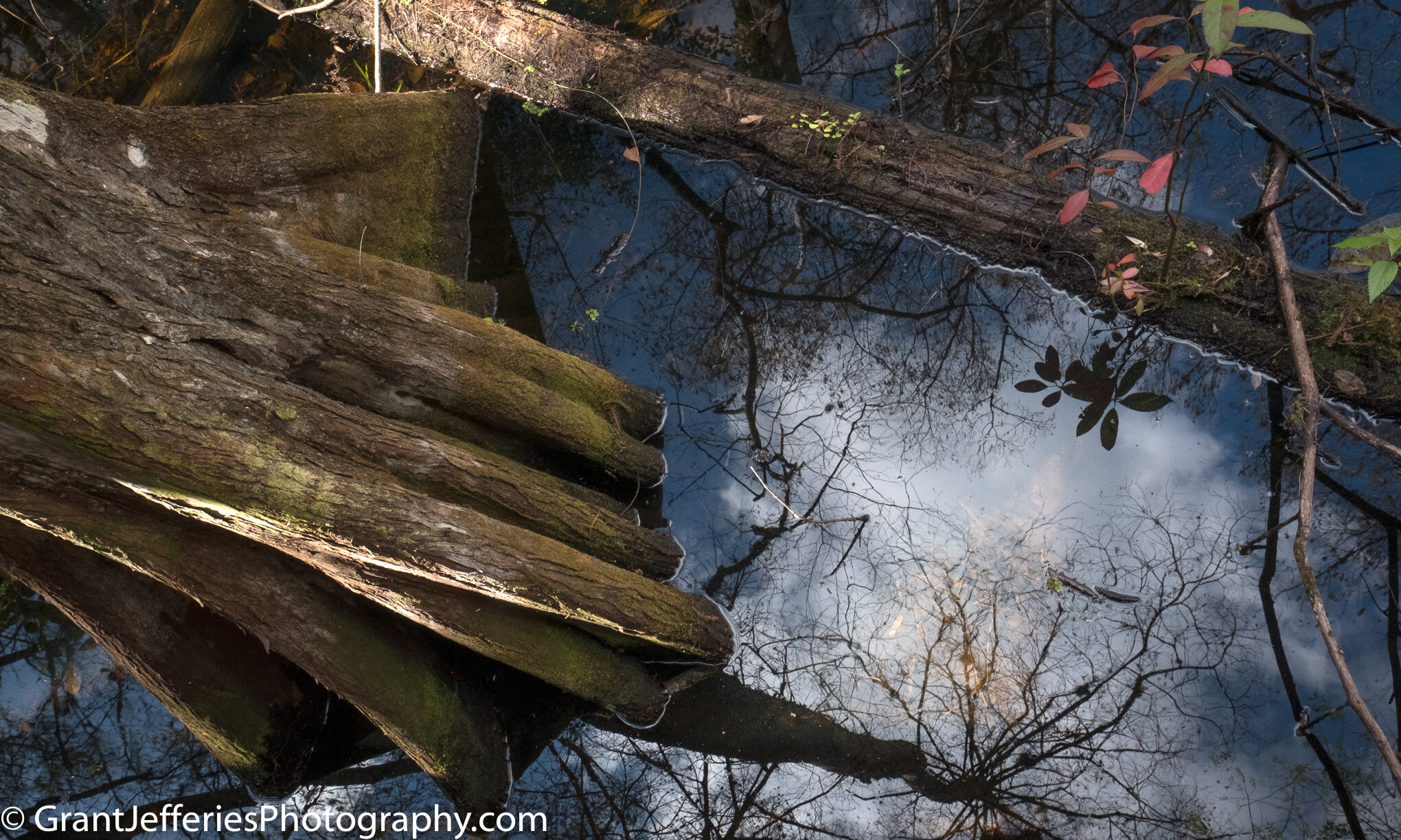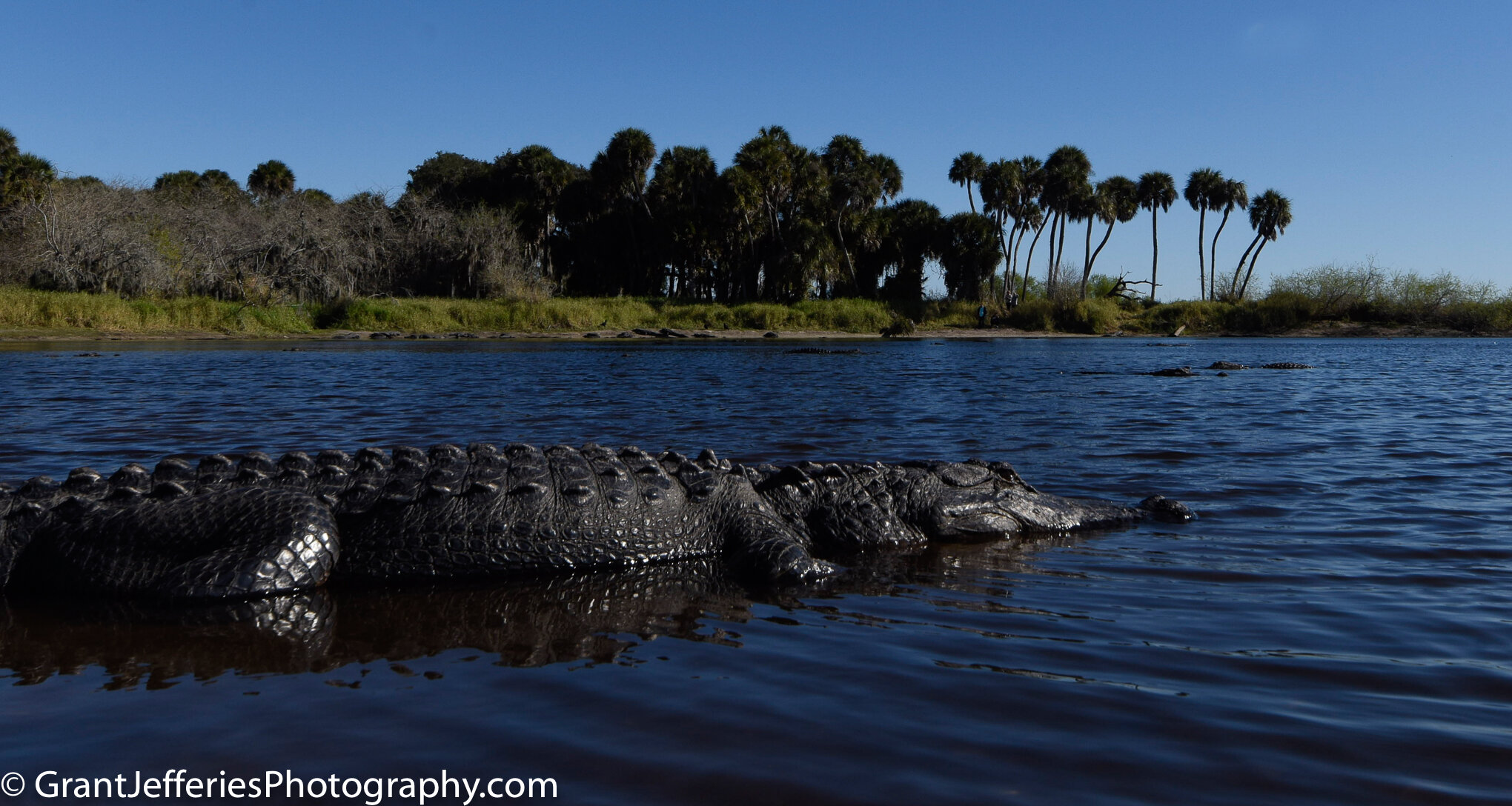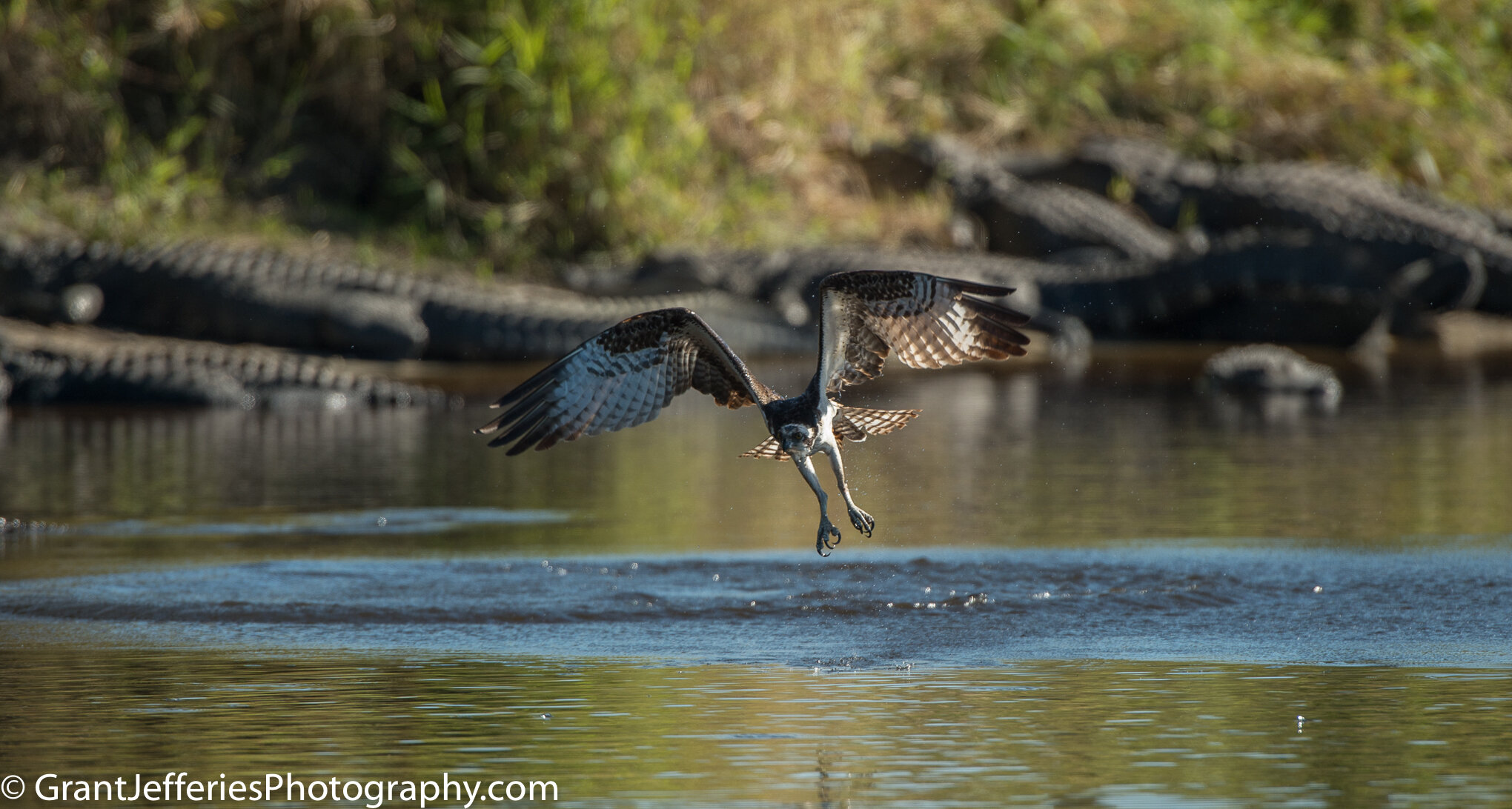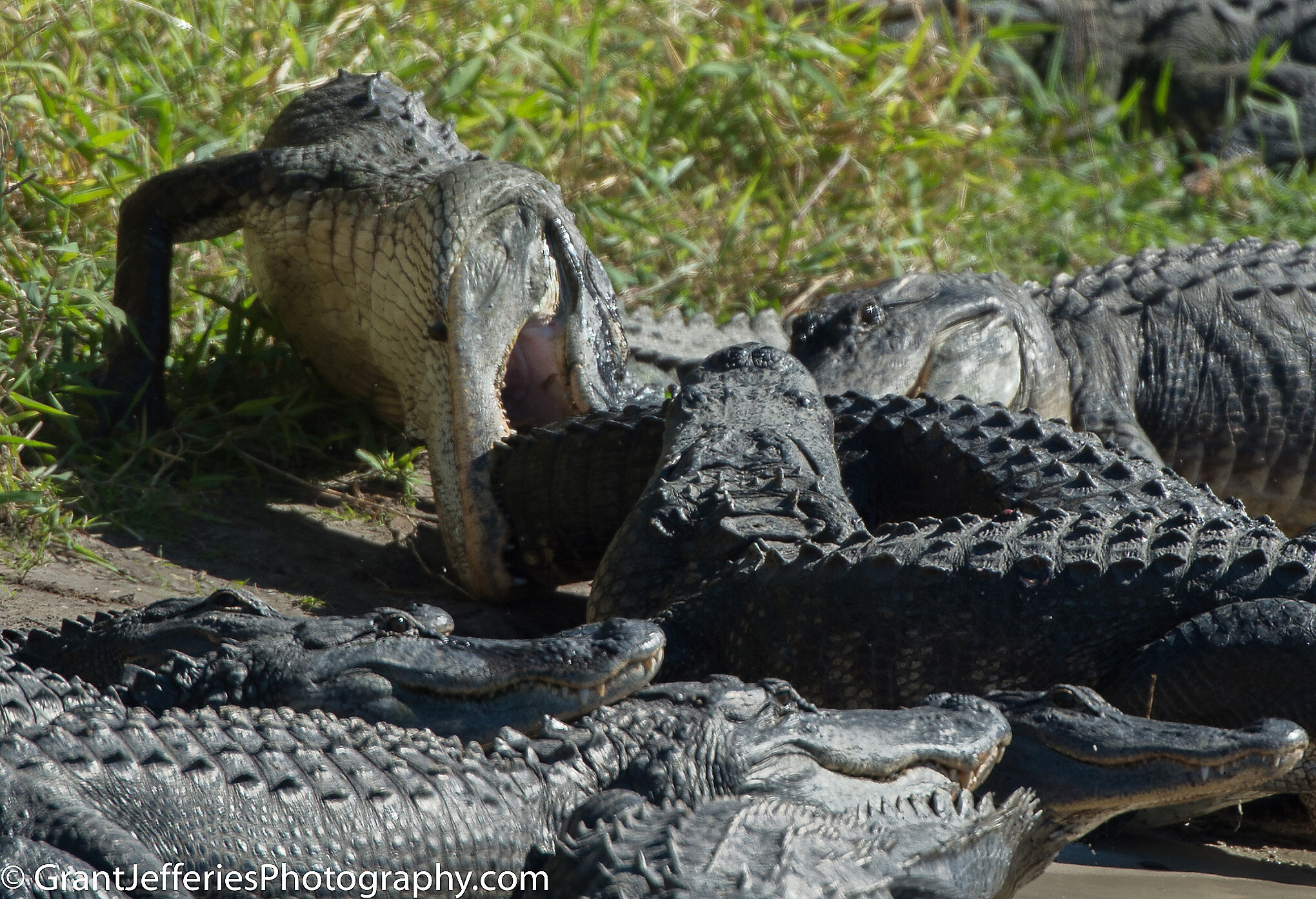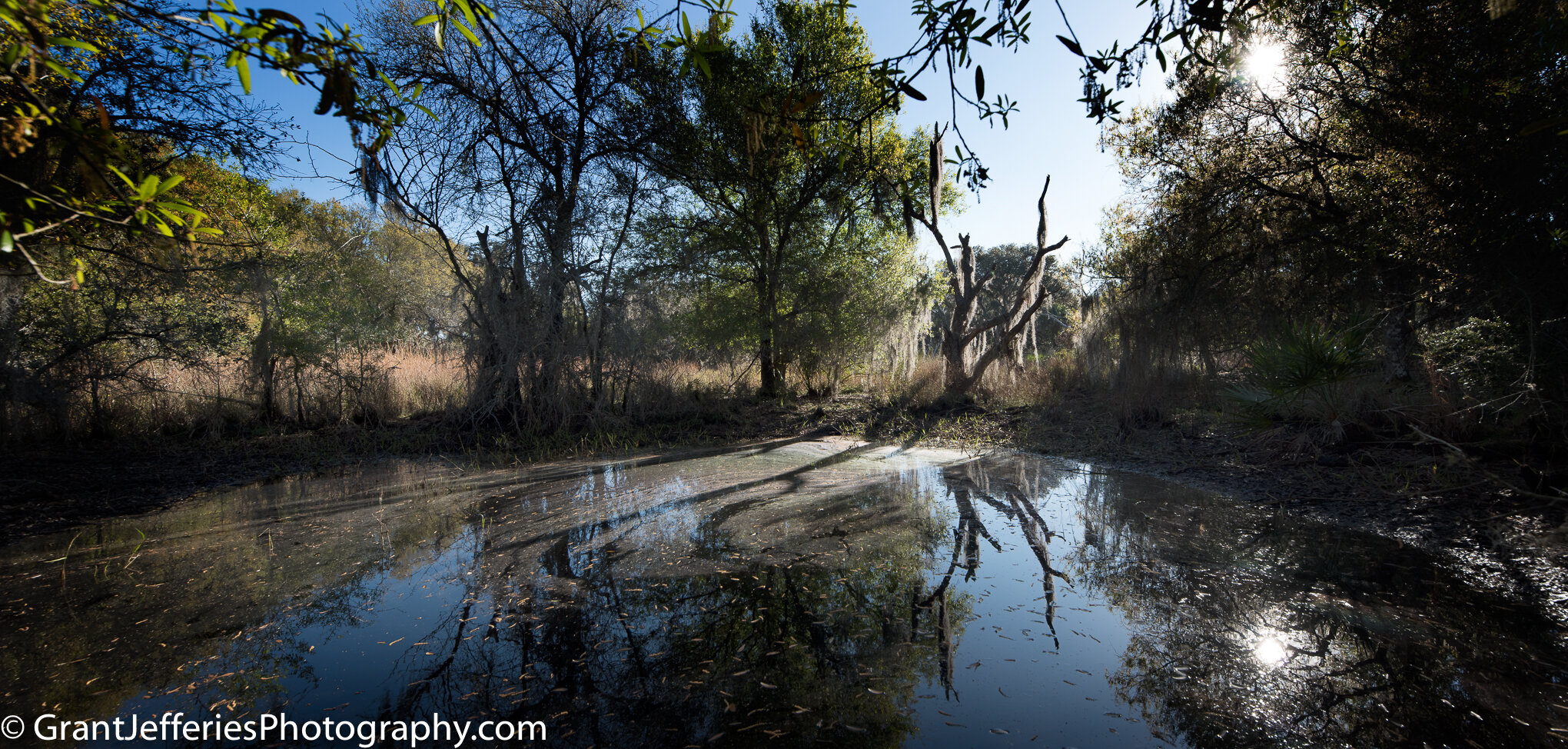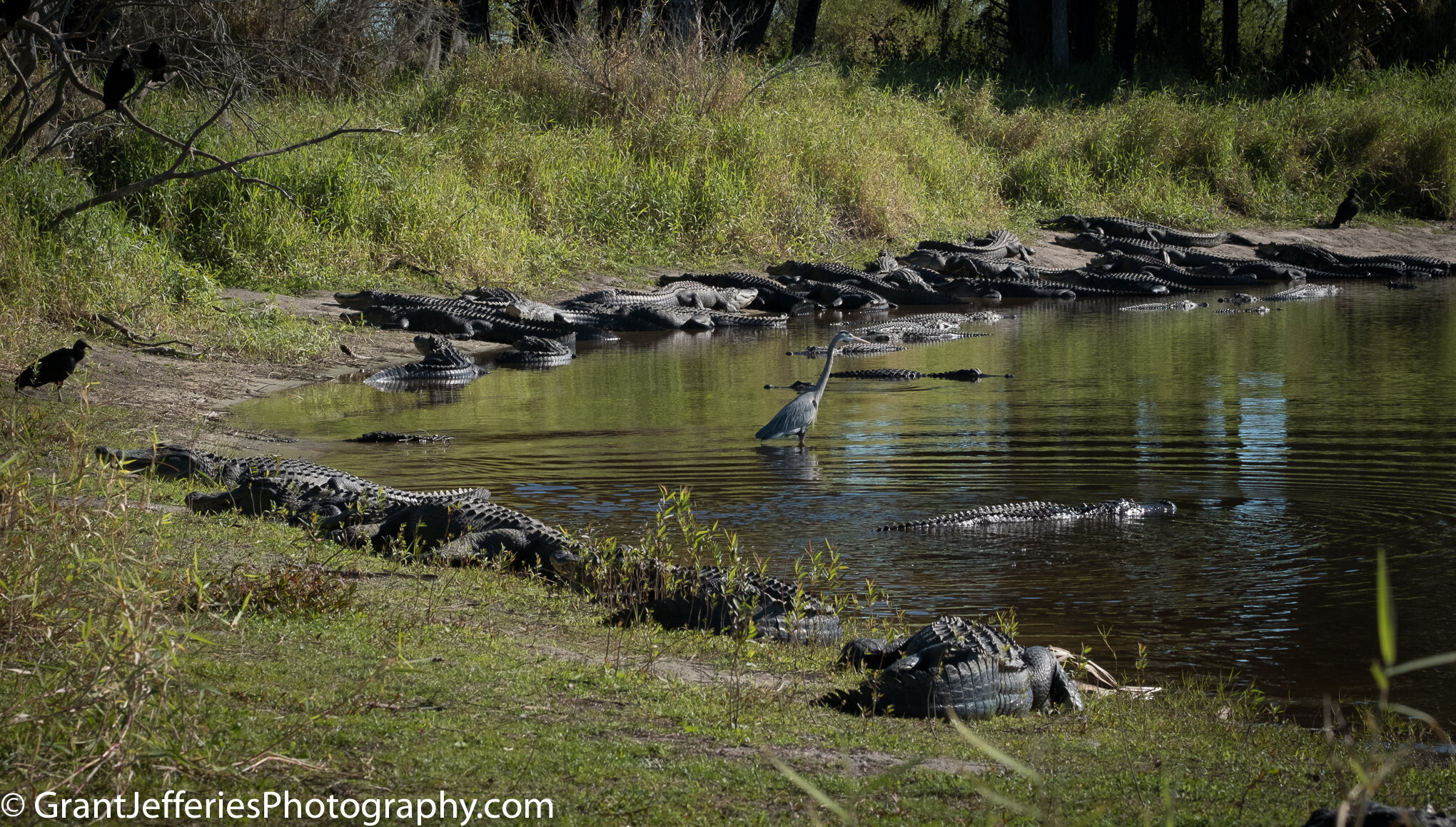Recently we were fortunate to have a group of visitors from out of state. Some were from Pennsylvania, a couple from North Carolina and a couple from Virginia — one by way of Australia. They all wanted to do different Florida things which gave us a great opportunity to revisit some favorite spots.
We enjoyed a January sail, offering confirmation that we do indeed live in paradise. We saw dolphins, a turtle and lots of birds, only the Manatees eluded us because the water was cold after all. But we also knew to go to the power plant in Apollo Beach for those who wanted to see Manatees in the wild. Two of our visitors really wanted to see alligators, so that was an opportunity for a hike to the Deep Hole in Myakka River State Park. It was an opportunity for me to lead a group to the Deep Hole and an opportunity for them to get their fill of alligators. We saw hundreds and they were feeding on fish, not tourists.
Our Virginians really wanted to see the Everglades, but we only had a day. We also had one person in the group who was preparing for back surgery, so we wanted something where the walking would be fairly easy. That gave us an opportunity to take our visitors to Corkscrew Swamp Sanctuary. It’s the easiest way to see all of the habitats of the Everglades, without driving too far and the boardwalk through the terrain made it easy on everyone. The trip to Corkscrew was a success. Just before we arrived, we saw a bald eagle flying above. Once we arrived, we saw painted buntings, cardinals, a red-shouldered hawk. We also saw a Swamp Lily, more gators, snakes, three kinds of woodpeckers and plenty of shore birds, including a juvenile little blue heron.
We showed off some local hot spots, including Robinson Preserve, Emerson Point Preserve and the Bishop Museum of Science and Nature and of course we hit the beach. It was fun to share Florida’s natural treasures and to see our group really appreciate the unique and beautiful parts of Florida that have been saved from development.

